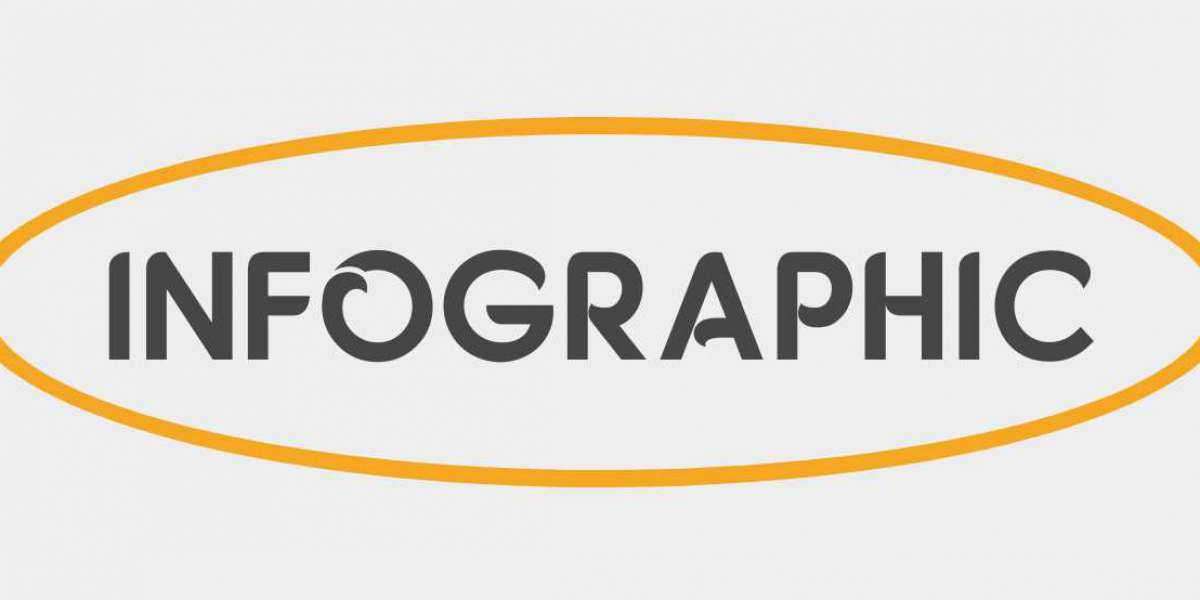Graph Analytics Market Research -2027
The global graph analytics market size is expected to reach USD 2,885.2 million by 2027, growing at a CAGR of 31.6% from 2020 to 2027. The growth of the market can be attributed to the increasing demand for big data analytics, the growing adoption of IoT, and the rising need for fraud detection.
Graph analytics is a type of data analytics that uses graph theory to analyze data. Graph theory is a branch of mathematics that deals with the study of graphs, which are mathematical structures that represent relationships between entities. Graph analytics can be used to identify patterns and relationships in data that would not be visible using traditional data analytics methods.
The increasing demand for big data analytics is one of the key factors driving the growth of the graph analytics market. Big data analytics is the process of extracting insights from large volumes of data. Graph analytics can be used to analyze big data sets to identify patterns and relationships that would not be visible using traditional data analytics methods.
The growing adoption of IoT is another key factor driving the growth of the graph analytics market. IoT is the network of physical devices that are connected to the internet and can collect and exchange data. Graph analytics can be used to analyze data collected from IoT devices to identify patterns and relationships that can be used to improve decision-making.
Get PDF Sample Report + All Related Table and Graphs Click Here:
The rising need for fraud detection is another key factor driving the growth of the graph analytics market. Fraud is a major problem that businesses face, and graph analytics can be used to identify fraudulent transactions. Graph analytics can be used to analyze data from different sources, such as credit card transactions and social media posts, to identify patterns that are indicative of fraud.
The graph analytics market is segmented by component, deployment type, application, and end-user.
By component, the market is segmented into software and services. The software segment is further segmented into graph database management systems, graph analytics platforms, and graph visualization tools. The services segment includes consulting, training, and support services.
By deployment type, the market is segmented into on-premises and cloud-based. The cloud-based segment is expected to grow at a faster rate than the on-premises segment during the forecast period. This is due to the increasing adoption of cloud computing by businesses.
By application, the market is segmented into fraud detection, social network analysis, recommendation engines, and others. The fraud detection segment is expected to be the largest segment during the forecast period. This is due to the increasing need for fraud detection by businesses.
By end-user, the market is segmented into BFSI, IT and telecommunications, healthcare, manufacturing, and others. The BFSI segment is expected to be the largest segment during the forecast period. This is due to the increasing use of big data analytics in the BFSI sector.
The key players in the graph analytics market include Neo4j, TigerGraph, Amazon Web Services (AWS), Microsoft, IBM, Oracle, DataStax, TIBCO Software, and Graphistry. These companies are developing new products and services to meet the growing demand for graph analytics.
The graph analytics market is a growing market with a lot of potential. The market is expected to grow at a fast pace during the forecast period. The key factors driving the growth of the market include the increasing demand for big data analytics, the growing adoption of IoT, and the rising need for fraud detection.








